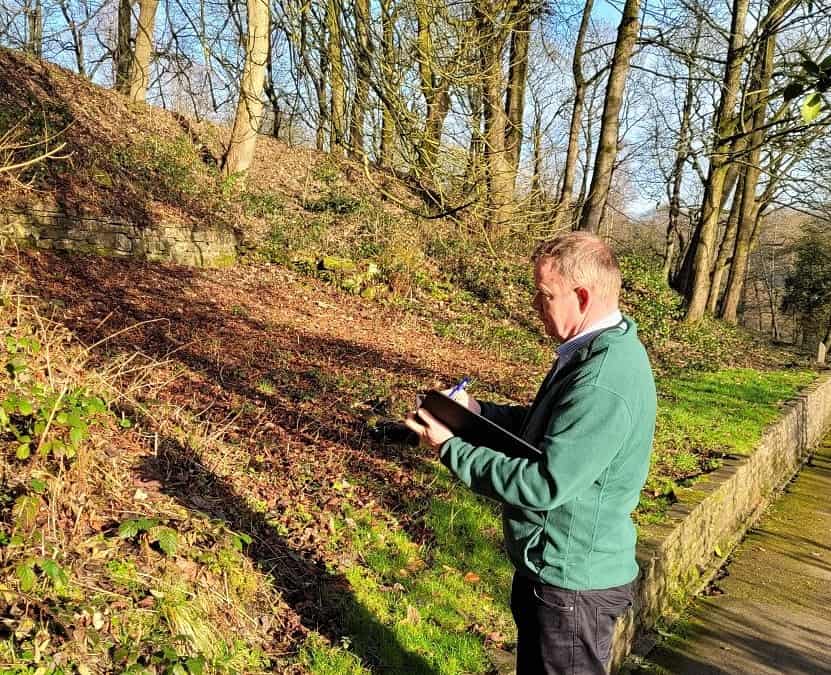Japanese Knotweed Survey: Understanding the Invasive Plant and How to Control It
Japanese Knotweed (Fallopia japonica) is a highly Domineering plant species that was originated from East Asia. It has become a major problem in many countries, including the United Kingdom, where it is estimated to affect over 7 million properties. In this article, we will take a closer look at Japanese Knotweed, its impact on the environment, and the methods available for controlling and removing it. Japanese Knotweed Survey: Understanding the Invasive Plant and How to Control It
What is Japanese Knotweed?
Japanese Knotweed plantJapanese Knotweed is a herbaceous perennial plant that grows rapidly and can reach up to 3 meters in height. Its leaves are large, heart-shaped, and grow up to 15 cm in length. The plant produces small white or cream-colored flowers in late summer, which develop into seed pods. The seeds are mainly none-viable. Japanese Knotweed spreads through its underground roots and stem fragments, which can quickly take over a large area.
The Impacts of Japanese Knotweed on the Environment
Japanese Knotweed is a highly invasive species that can have a significant impact on the environment. The plant can outcompete native vegetation, leading to the decline of biodiversity. It can also cause structural damage to buildings and infrastructure, such as walls, bridges, and pipes. The plant’s root system is so strong that it can even damage concrete foundations, making it a significant problem for homeowners and property developers.
Methods for Controlling and Removing Japanese Knotweed
Controlling and removing Japanese Knotweed can be a complex and costly process. However, there are several methods available that can help to effectively manage the plant. These include:
- Physical removal: This involves manually digging up the plant and removing it from the site. This method is only suitable for small infestations and can be labor-intensive.
- Chemical control: This involves using herbicides to kill the plant. This method is more effective for larger infestations, but it can be time-consuming and expensive. It is important to use the correct type of herbicide and to follow the manufacturer’s instructions carefully.
- Biological control: This involves using natural predators, such as insects or fungi, to control the plant. This method is still in the experimental stage and is not yet widely available.
- Integration: This involves using a combination of the above methods, depending on the size of the infestation and the location of the plant.
Conclusion
Japanese Knotweed is a highly invasive plant species that can have a significant impact on the environment and property. However, there are several methods available for controlling and removing the plant, including physical removal, chemical control, biological control, and integration. By understanding the characteristics of Japanese Knotweed and the methods available for controlling it, property owners and managers can take the necessary steps to manage this invasive species and protect their properties
